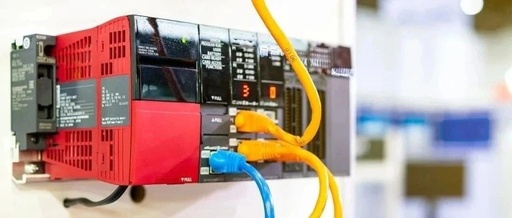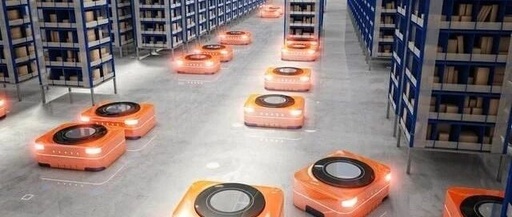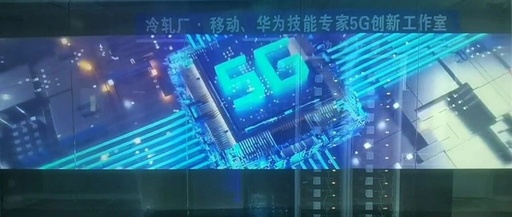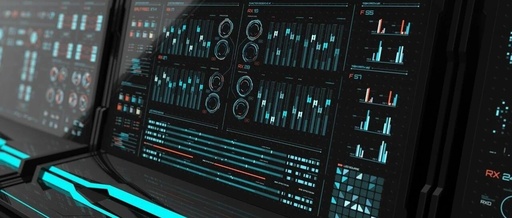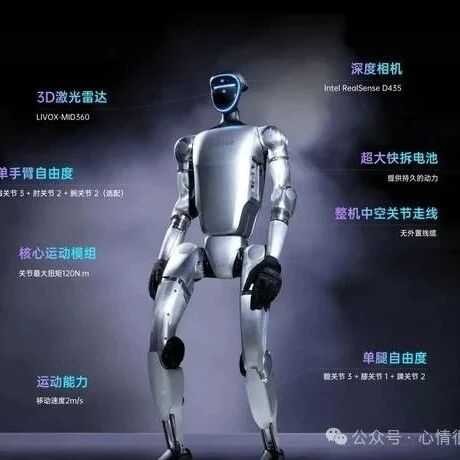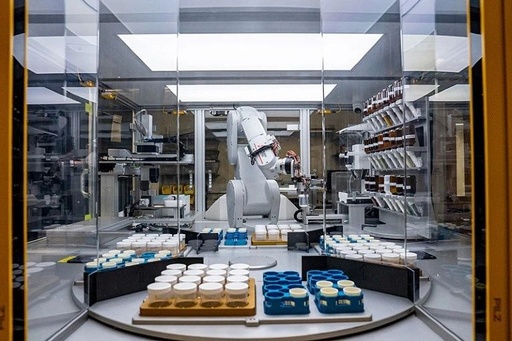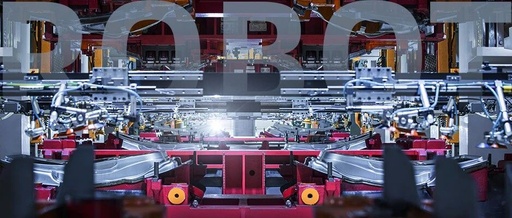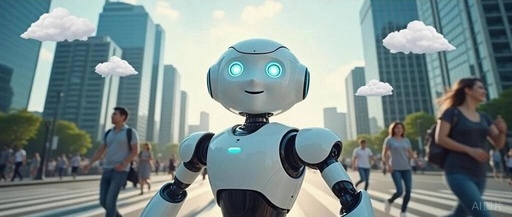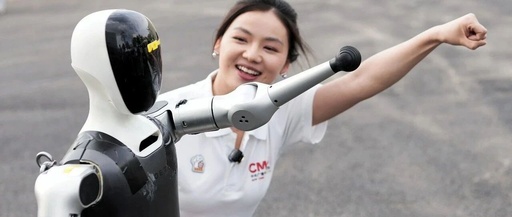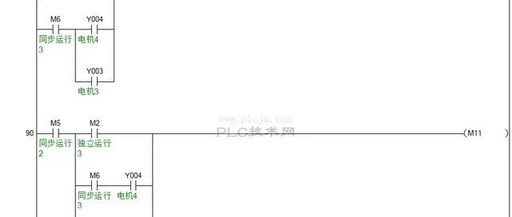No More Hiding! 100 Animated Diagrams of PLC and Sensor Working Principles – Learn to Walk Horizontally!
The PLC control system, or Programmable Logic Controller, is a digital operation electronic device designed specifically for industrial production. It uses a type of programmable memory to internally store programs, execute logical operations, sequential control, timing, counting, and arithmetic operations based on user instructions, and controls various types of machinery or production processes through digital … Read more
